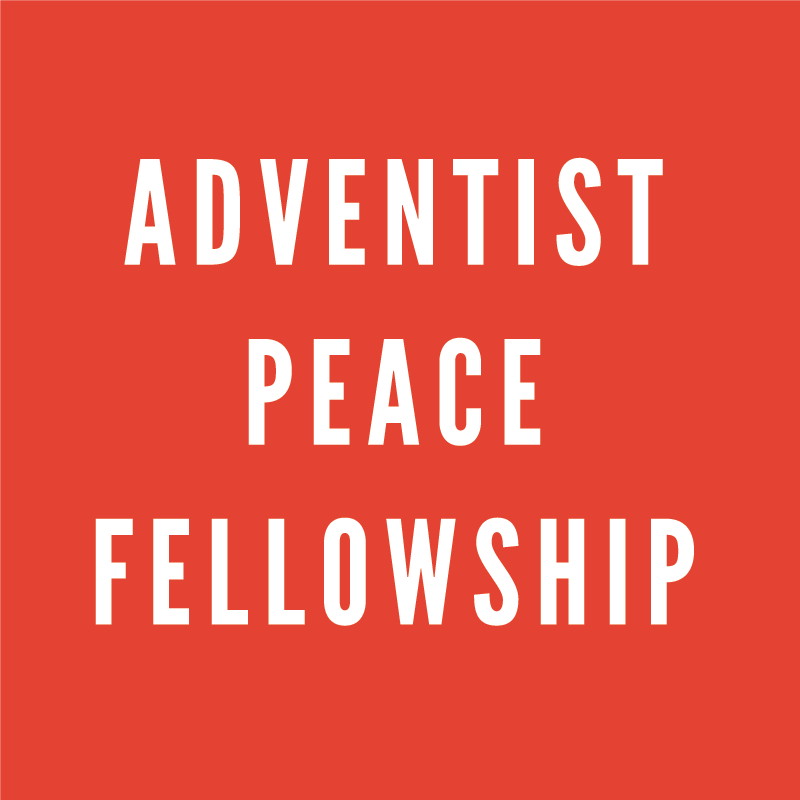Sabbath School Discussion on Diversity and Unity
I have been invite to lead a Sabbath School conversation about this week’s Quarterly lesson—”The Unified Body of Christ” (Aug. 5–11, 2023). This is the same class where I presented on civil disobedience more than three years ago (discussion guide and podcast episode).
Because this is a class of seasoned professors, I’m going to point the conversation in a slightly different direction. We know God calls for unity, and we value “unity in diversity” over “unity in conformity.” But are there limits this idea of unity in diversity, whether in a congregation, a denomination, a personal relationship, or broader society? What dimensions require more similarity and in what areas might more diversity be beneficial or at least a neutral factor?
—Jeff Boyd, Adventist Peace Radio podcast producer and occasional host
Disussion Guide
Old Joke: How do we know Jesus drove a Honda?
Bible
John 17:20–21. One.
Acts 2. Languages. Fellowship of believers.
Eph. 4:1–16. One body, different parts/functions.
1 Cor. 12: 4–11, 27–30. Variety of spiritual gifts but one Spirit.
Col. 1:17. Hold together in Christ.
Col. 3:11. Not Greek/Jew, circumcised/uncircumcised, barbarian/Scythian, slave/free; but Christ is all, and in all.
Gal. 3:28. Neither Jew/Greek, slave/free, male/female; one in Christ Jesus.
Rev. 7:9. Great multitude.
Ellen White
“God calls for unity in diversity among his people. Life in nature objects to uniformity. In the branches of the vine there is unity in diversity. There is a variety in a tree; scarcely two leaves are just alike. And this variety adds to the perfection of the tree as a whole. In the human body, from the eyes to the feet there is variety. And all these members are dependent upon one another to make a perfect whole. In all the variety composing the human body, there is harmonious action, in conformity to the laws controlling the being. There is an unseen, conscious, invisible unity, keeping the bodily machinery in action, each part working in harmony with every other part.”
“We are not to feel that we must all speak the very same things, giving the same representation in the same words; and yet there is to be unity in the diversity. All the different testimonies should unite to form one whole, as the books of the Bible are brought together to form one Book. But should Matthew, Mark, Luke, and John go off on some tangent, contradicting the testimony of the others, there would be confusion. In all the representation of truth by different minds, there is to be unity in diversity…. Then there will be different figures and different ways of presentation that will interest and educate different minds.”
(Letters and Manuscripts, Vol. 15 [1900], p.1.6056, Msg 105)
Resources
A Fellowship of Differents, Scot McKnight, Zondervan, 2014.
“The earliest Christian churches were made up of folks from all over the social map, but they formed a fellowship of ‘different tastes,’ a mixed salad of the best kind” (p. 15).
Sometimes invisible at church: widows, children, different races, women, inner city/suburban, those struggling with faith, non-university educated, gay and lesbian members, introverts, those suffered sexual abuse, dysfunctional families, people with depression/anxiety/PTSD. (p. 20–23)
Quote on pg. 16.
A House on Fire: How Adventist Faith Responds to Race and Racism, Maury Jackson and Nathan Brown, eds., Signs Publishing, 2022.
Can oppressed and oppressor be unified? What has to happen first?
Can different “races” live together well, worship together? How?
Can I call racist Christians my brothers and sisters? That is, what do I do about absurd Christians who seem to have lost their brains and heart and believe X about Y social issue?
Podcast series: adventistpeace.org/house-on-fire
Thinking Faith, Nathan Brown, Signs Publishing, 2023. LOOK UP.
“More Than a Horse Show” (p. 36)
“Which Seventh-dayism” (p. 41)
We Are All Seventh-day Adventists, https://vic.adventist.org.au/wp-content/uploads/2017/11/BrandBook.pdf
Exclusion & Embrace, Miroslave Volf, Abingdon Press, 1996.
“...God’s reception of hostile humanity into divine communion is a model for how human beings should relate to the other.” Repentance, forgiveness, making space in oneself for the other, healing of memory – facilitate movement from exclusion to embrace. (p. 100)
Baker, Benjamin. (2023). “The Year of Jubilee is Come”: Black Millerites and the Politics of Christian Apocalypticism.” Church History, 92(1), 68-98. doi:10.1017/S0009640723000665
The Colossian Forum (Grand Rapids, MI)
Questions
Which of Jesus’ disciples do you think had the hardest time getting along? Why?
What do Col. 3:11 and Gal. 3:28 mean and not mean?
What is unity? What is needed for unity? What is not needed?
How far can we push diversity and still be unified (any kind of diversity)? Are there practical or spiritual limits to the amount of diversity that can exist while still being unified? (various contexts: home, workplace, clubs, society, world, local congregation, denomination, Christianity….)
Have you experienced unity in diversity that surprised you? What do you think made it work? What is required for unity in diversity to work well?
When have you seen diversity cause division and disunity (no unity of purpose or no harmony)? Why do you think there was no unity in that diversity?
How much diversity can we have in Adventism and maintain unity? Are there areas where more diversity can coexist or areas where diversity needs to be minimized?
How much diversity can I personally experience and still maintain a sense of unity with people around me in the church?
What is the relationship between unity and agreement or unity and approval?
When have you experienced someone’s acceptance despite being different from them or experienced rejection because of some way you were different from the person or group? What did you learn from that situation or what did you take away from it?

